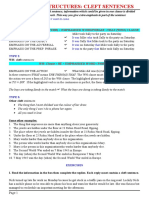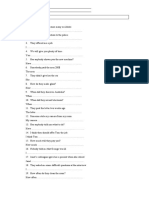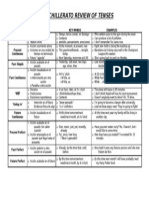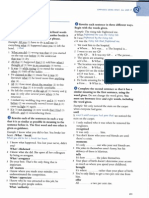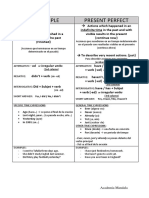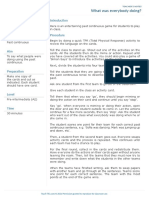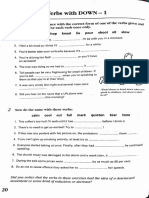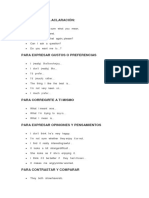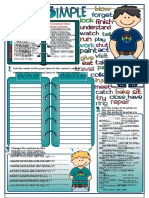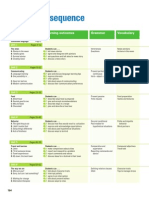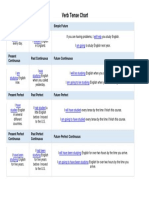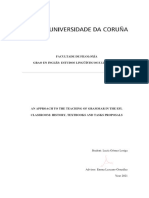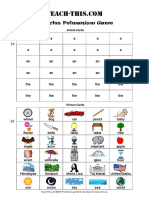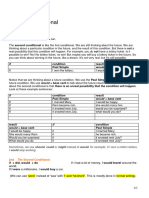0% found this document useful (0 votes)
82 views1 pageUnderstanding Cleft Sentences
The document defines and provides examples of cleft sentences, which rearrange parts of a sentence to emphasize a specific element. Cleft sentences move nouns, pronouns, or clauses to the beginning of the sentence using constructions like "it was [element] that", "what [element] was", or "the [element] that" to highlight a key part of the information. Five common types of cleft sentences are described and examples are given to illustrate each type.
Uploaded by
dakooles1Copyright
© © All Rights Reserved
We take content rights seriously. If you suspect this is your content, claim it here.
Available Formats
Download as PDF, TXT or read online on Scribd
0% found this document useful (0 votes)
82 views1 pageUnderstanding Cleft Sentences
The document defines and provides examples of cleft sentences, which rearrange parts of a sentence to emphasize a specific element. Cleft sentences move nouns, pronouns, or clauses to the beginning of the sentence using constructions like "it was [element] that", "what [element] was", or "the [element] that" to highlight a key part of the information. Five common types of cleft sentences are described and examples are given to illustrate each type.
Uploaded by
dakooles1Copyright
© © All Rights Reserved
We take content rights seriously. If you suspect this is your content, claim it here.
Available Formats
Download as PDF, TXT or read online on Scribd
/ 1
